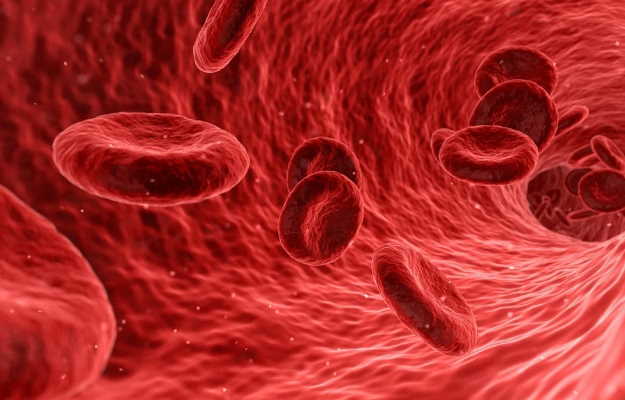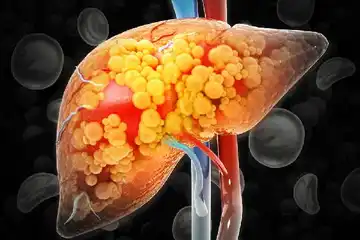An aneurysm is a localised abnormal ballooning (dilatation) of a blood vessel that has become weak at one or more points.
Arteries are blood vessels that take blood from the heart to the rest of the body. An arterial aneurysm can happen anywhere in the body but it is more commonly seen in the stomach (abdominal aorta), pelvic region (iliac artery), thighs (femoral artery) and legs (popliteal artery). A cerebral aneurysm (a bulge in the artery in the brain) can prove lethal if not detected in time.
There are two classifications of aneurysms:
- True aneurysms: A true arterial aneurysm involves all the three layers of the artery. These three layers are the tunica intima (innermost layer), tunica media (intermediate or middle layer) and tunica adventitia (outermost layer). The ballooning of the arterial wall can be symmetrical (called a fusiform aneurysm) or localised blow out (saccular aneurysm).
True aneurysms are commonly located at the abdominal aorta, iliac artery, femoral artery and the popliteal artery. - False aneurysms/pseudoaneurysms: A pseudoaneurysm does not affect the vessel wall. It is basically a collection of blood that is held in place around the vessel by the wall of a connective tissue.
A pseudoaneurysm might be observed after a trauma or due to the leakage of blood encapsulated by the surrounding connective tissue. It may also occur after certain procedures like an angiogram (test to detect blockages in an artery) or angioplasty (to open the blockage by pushing the cholesterol plaque outwards).
A false aneurysm usually progresses to form a blood-filled cavity that can ultimately rupture or lead to thrombosis (formation of a blood clot in a blood vessel). The patient usually presents with a painful pulsatile mass—the skin over it may appear red.
Read on to know about aneurysms, where in the body they can occur, their symptoms, causes, diagnosis and treatment:
































